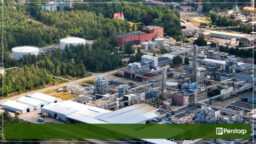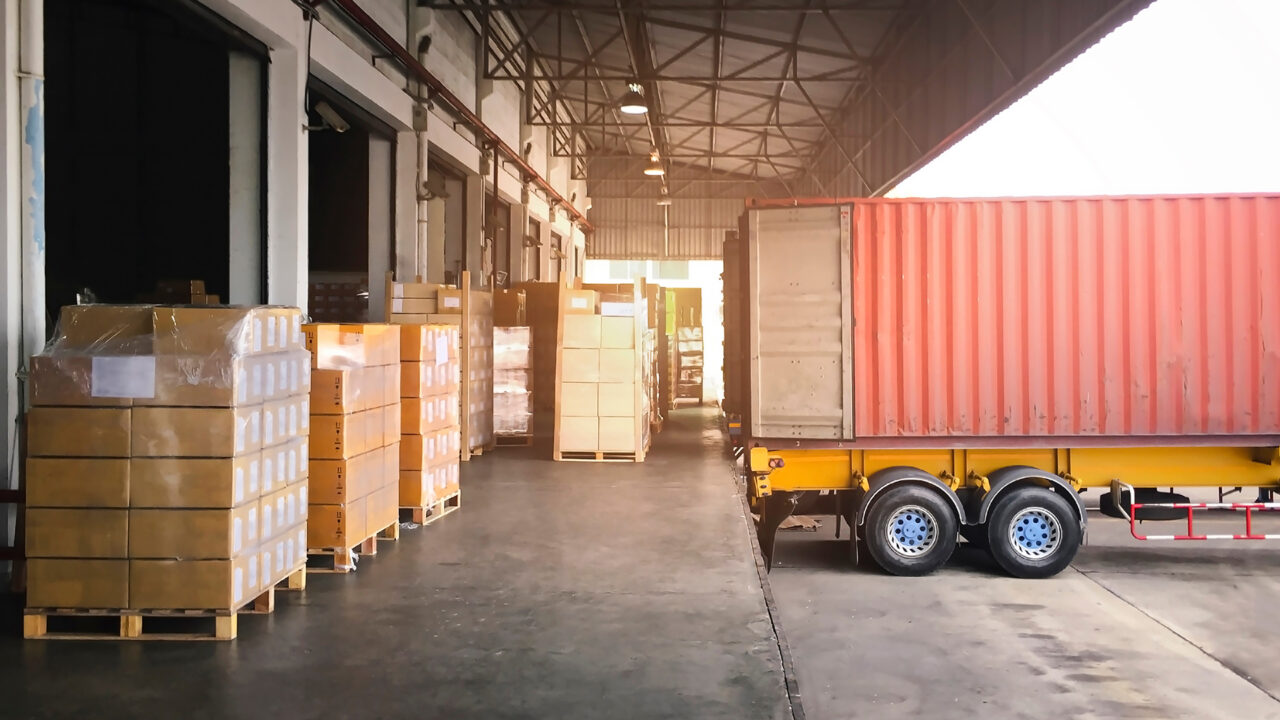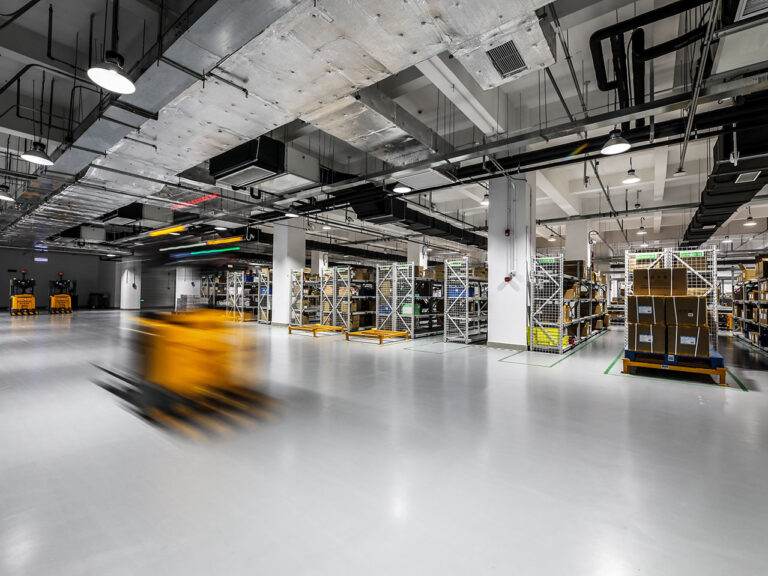A carefully-managed inbound logistics network is crucial to a smooth-running supply chain. Without a reliable flow of incoming goods, both customers and operations will suffer.
At the same time, the process has to be extremely cost-efficient. This is particularly relevant for importers and distributors, where every penny added to the landed cost will eat away at margins that are already razor-thin.
Inbound container optimization
One of our most recent customers, a leading Australian grocery importer, brings in more than 3,000 containers per year from overseas suppliers. When trying to increase their container fill rates and lower inventory holdings, they found themselves at the end of the road with their existing MRP and spreadsheet solution. It was simply too slow and labor-intensive and crucially, didn’t provide the required optimization capabilities.
Following the implementation of Optimity’s Supply Chain Optimization solution, the customer now has the planning power needed to optimize container imports from 30 international ports and to bring them into the relevant consolidation hubs and distribution centers.
Maximizing fill rates and minimizing workload
The company is now seeing inbound container fill rates close to 100%. This is a significant improvement and is already generating substantial cost savings.
This is made possible because Optimity accounts for all relevant container constraints, including type, size, cartons, pallets, volume, and weight.
The company is now seeing inbound container fill rates close to 100%.
The optimal destination warehouse to land a container is also automatically determined. This helps optimize the overall inventory levels while minimizing the total landed cost.
Last but not least, the new solution has made the entire inbound logistics process less labor-intensive. A collaborative planning & purchase order approval workflow has been put in place to streamline and strengthen the control of the replenishment process. Together with the new optimization capabilities and automated creation of purchase orders, the overall workload for the replenishment team has been reduced by 60-80%.
If you’d like to learn more about the case and how Optimity can optimize your inbound logistics, get in touch, we’d love to hear from you.
If you’re interested in this topic, you might also want to check out our White Paper, Setting the Optimal Safety Stock.
Get all the latest industry trends, updates & news from Optimity
















